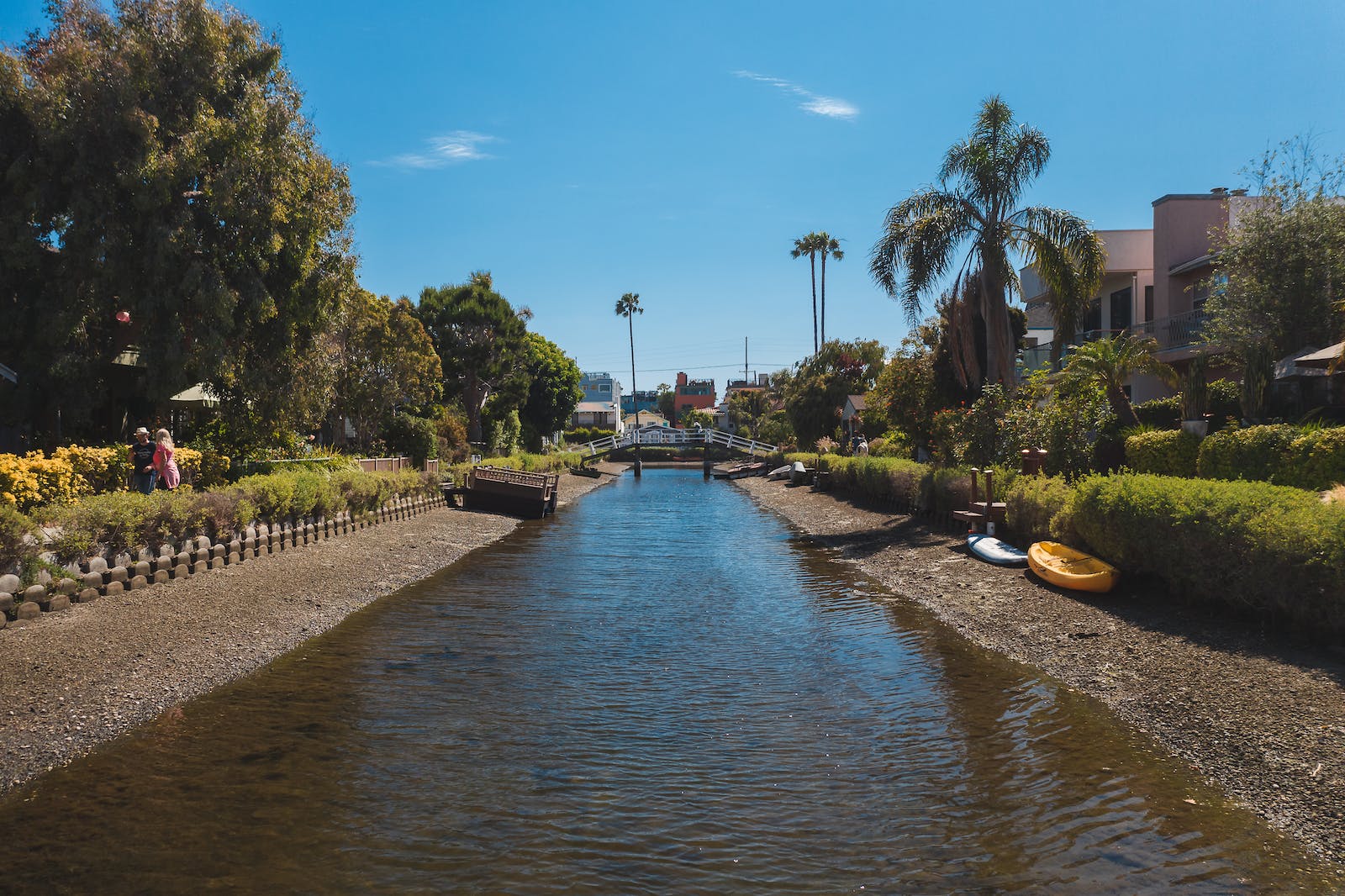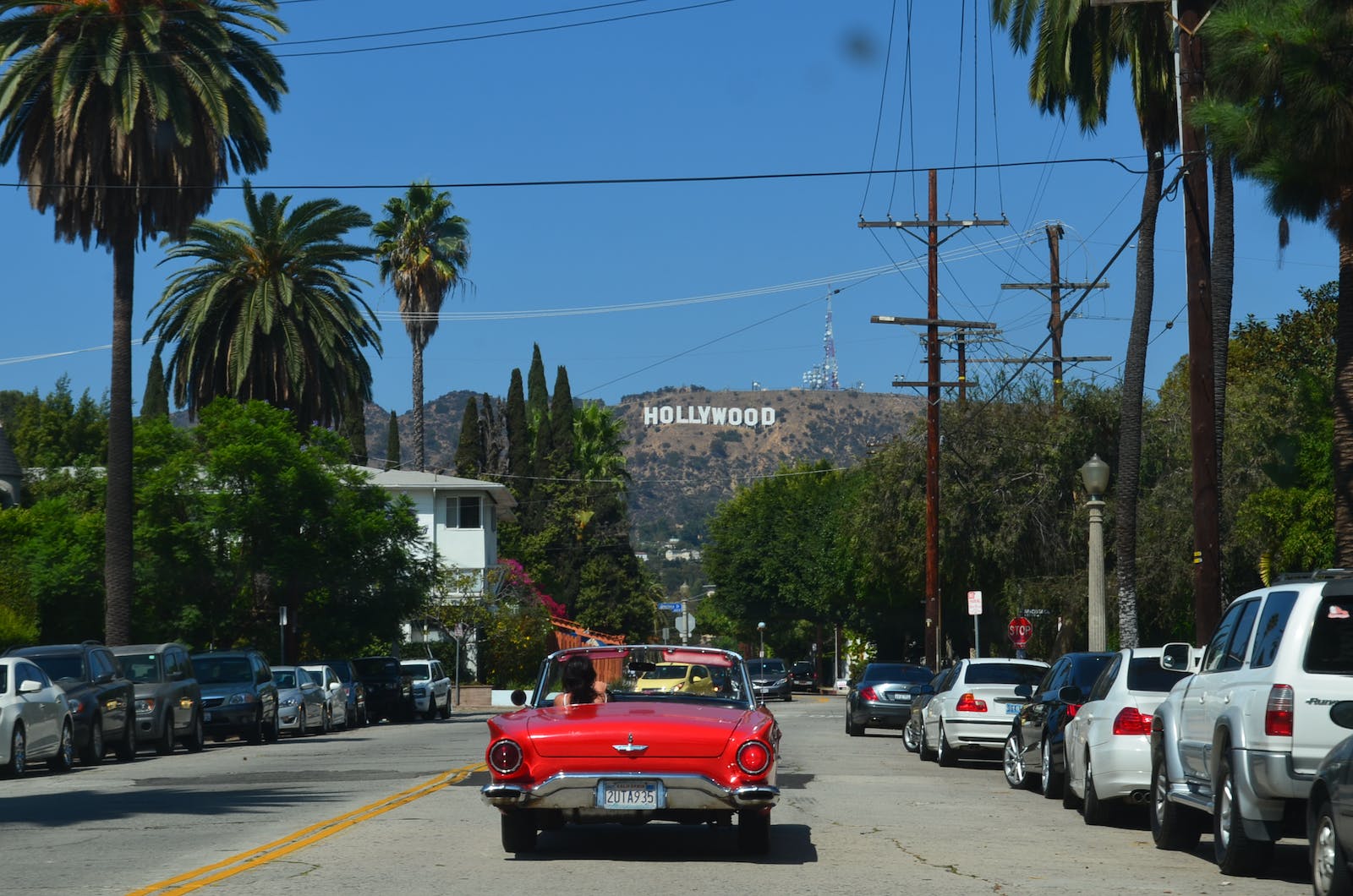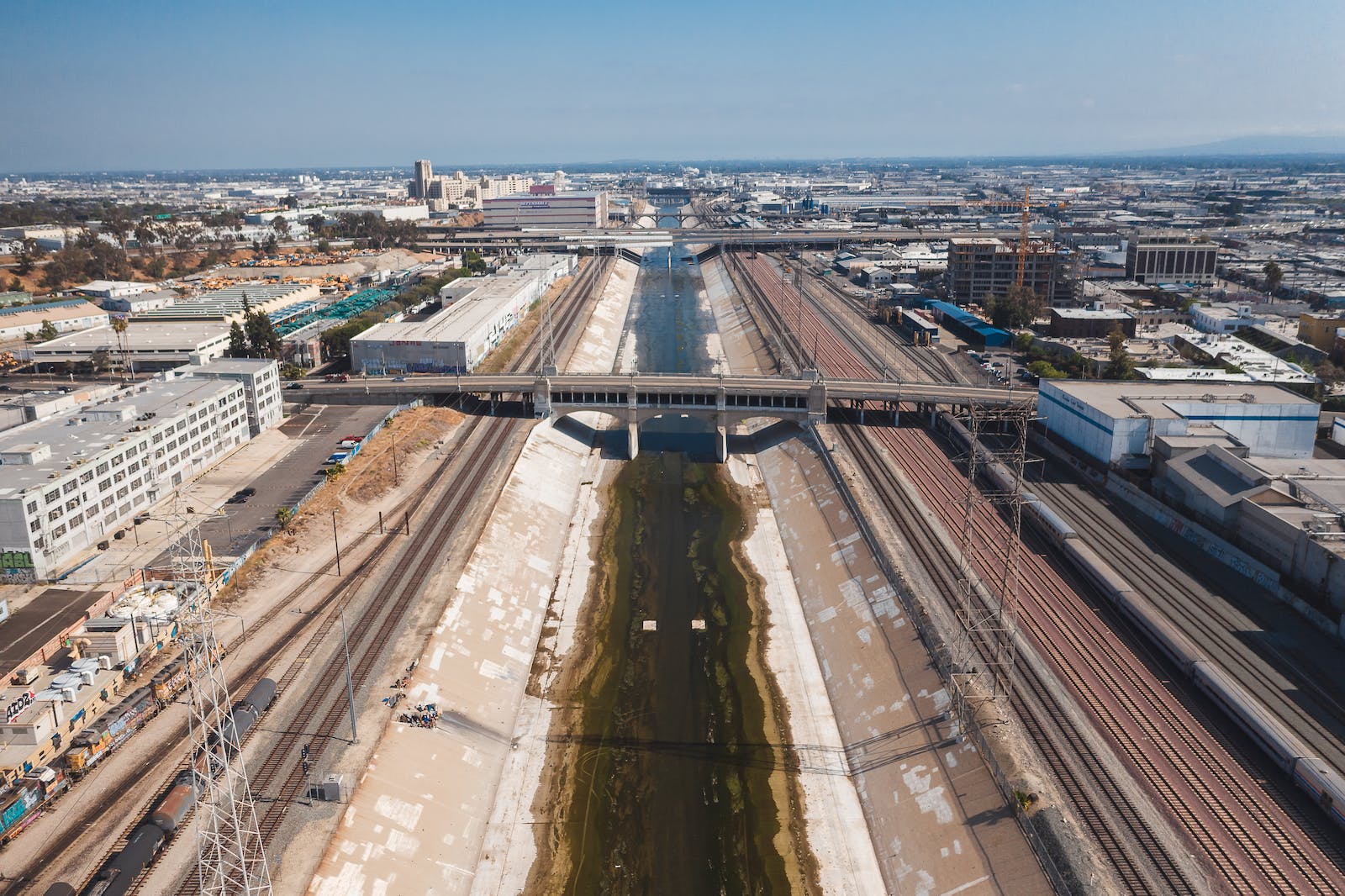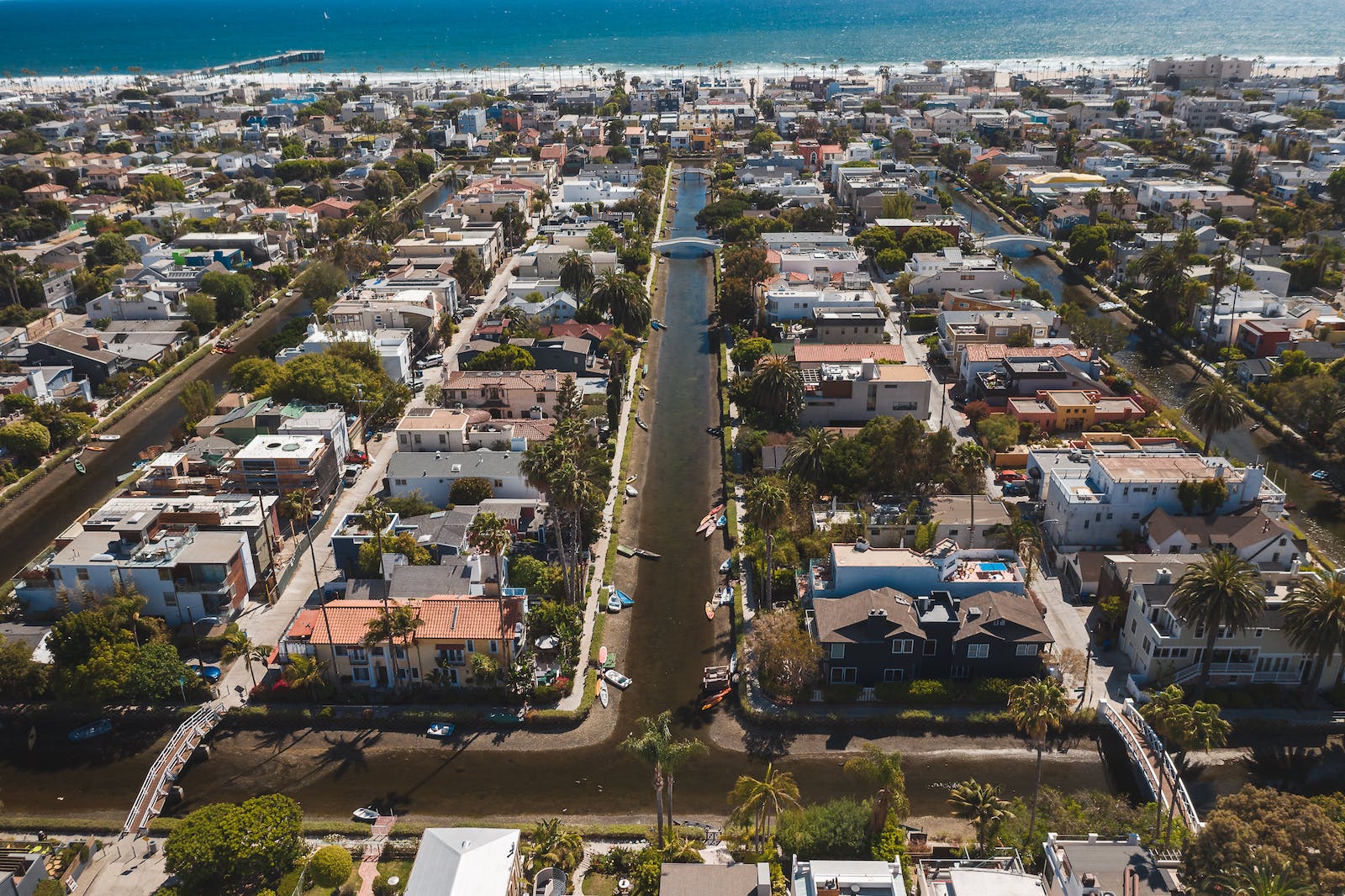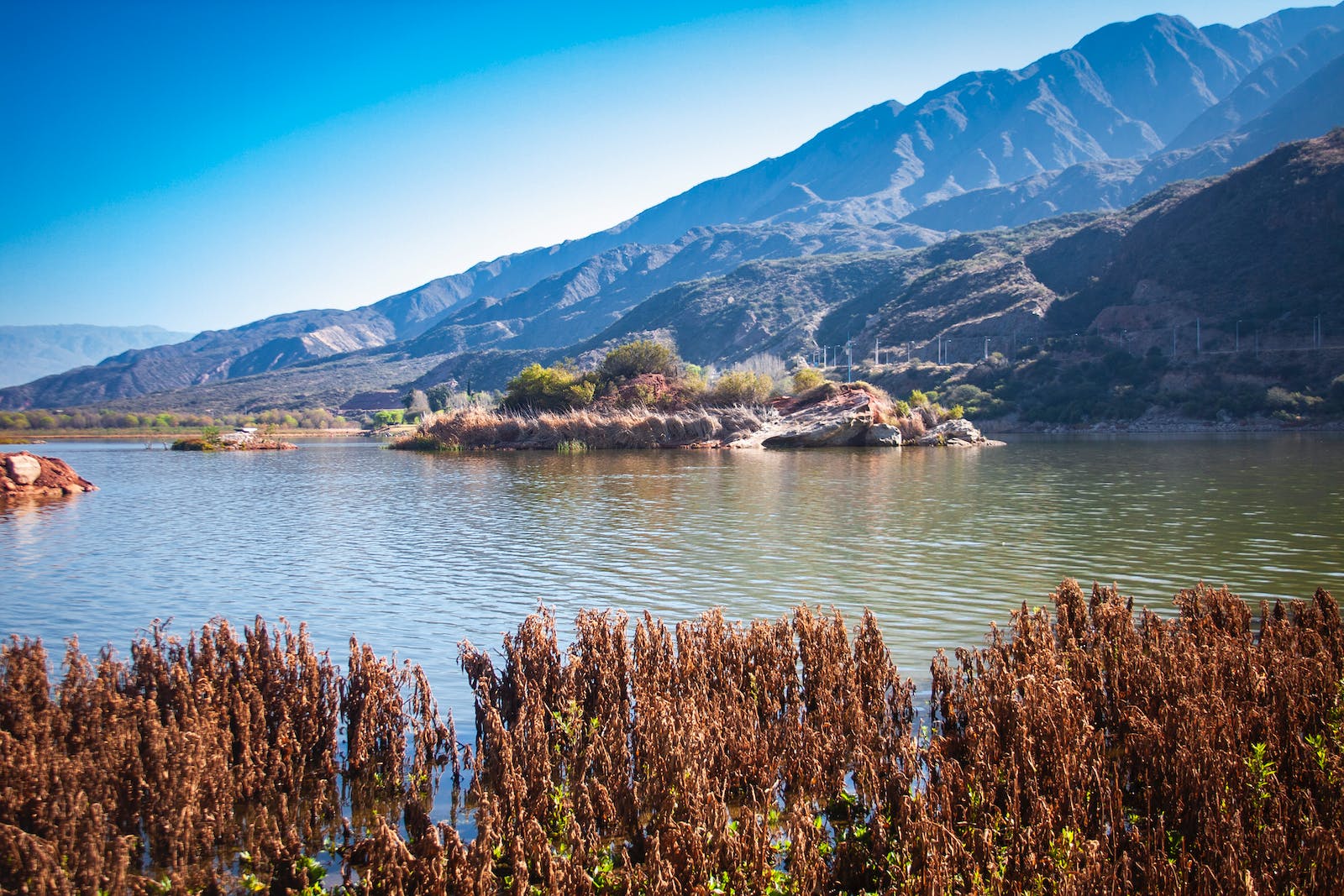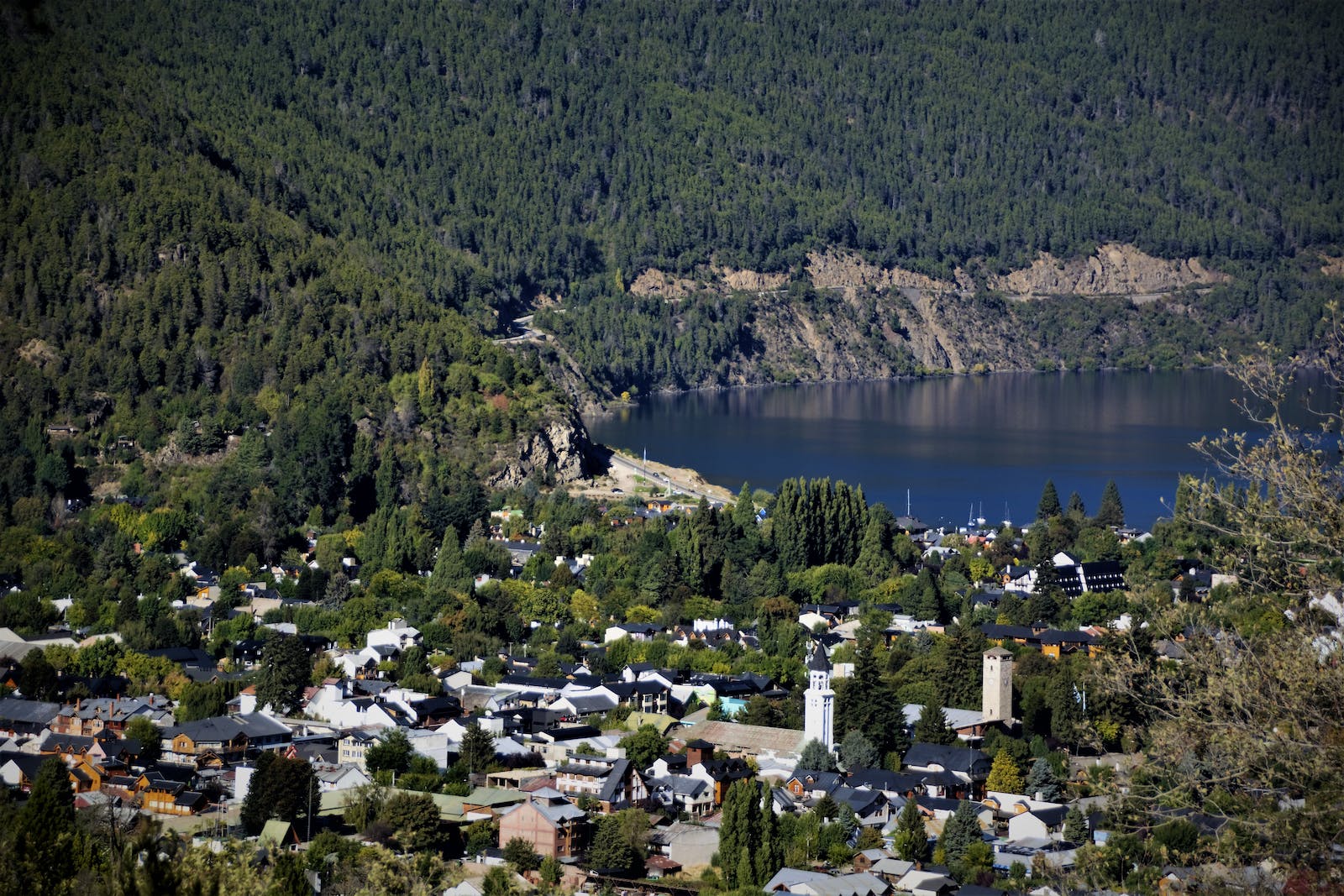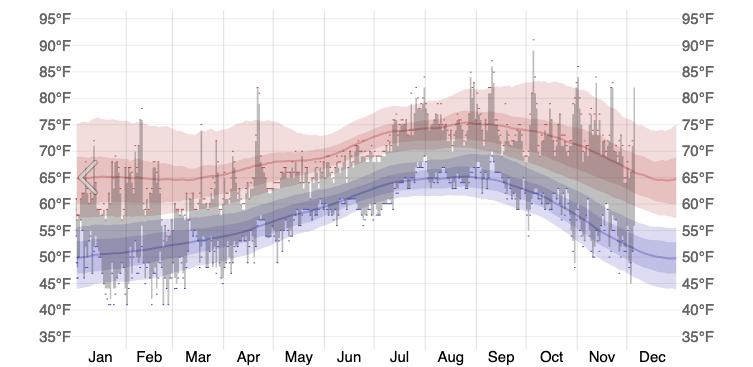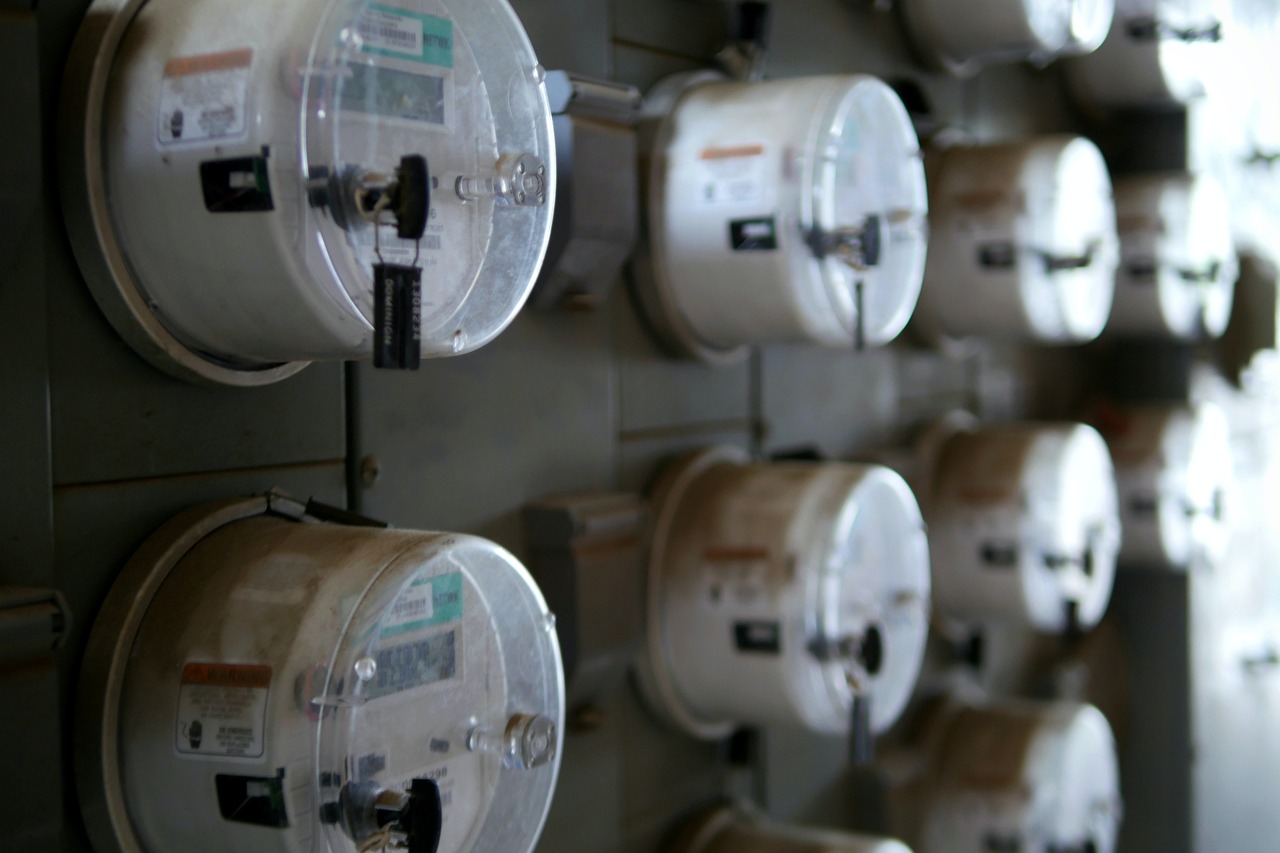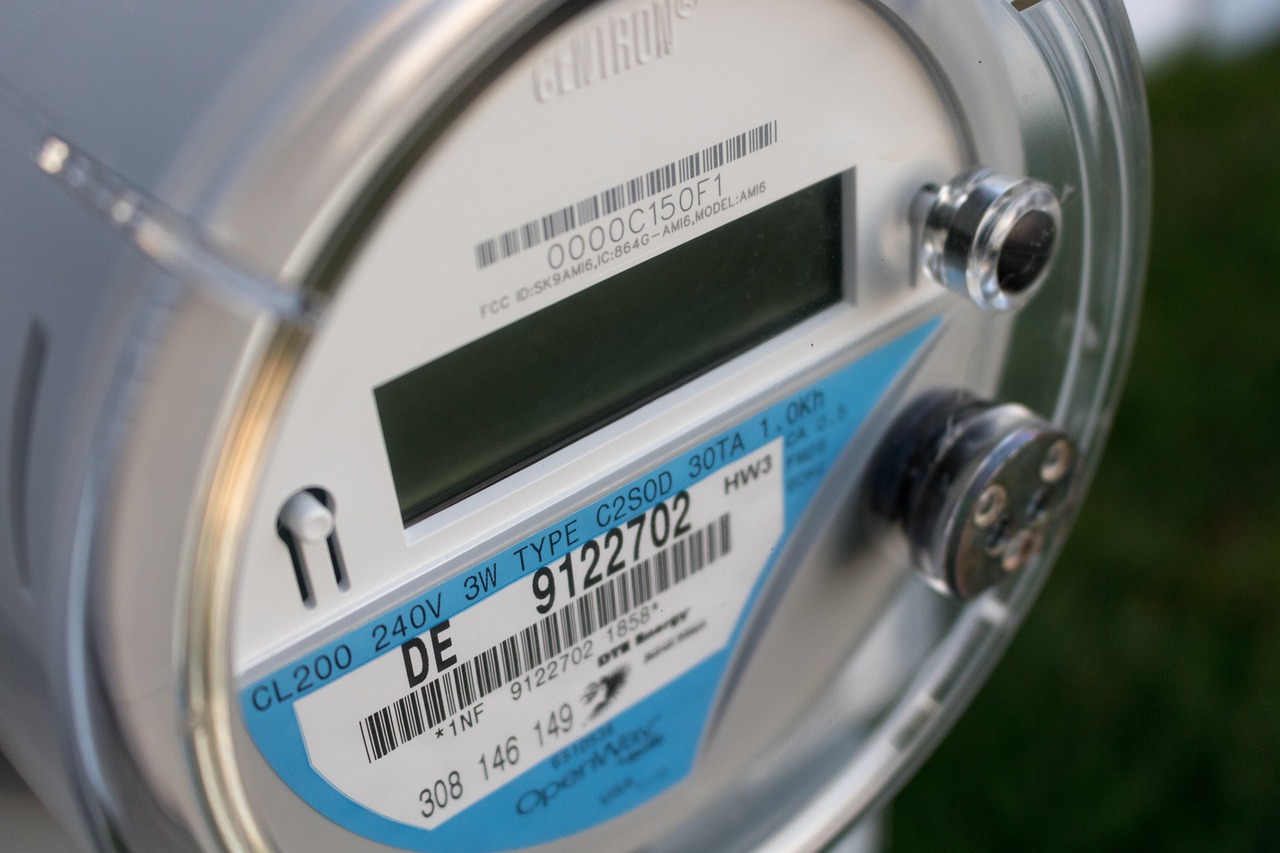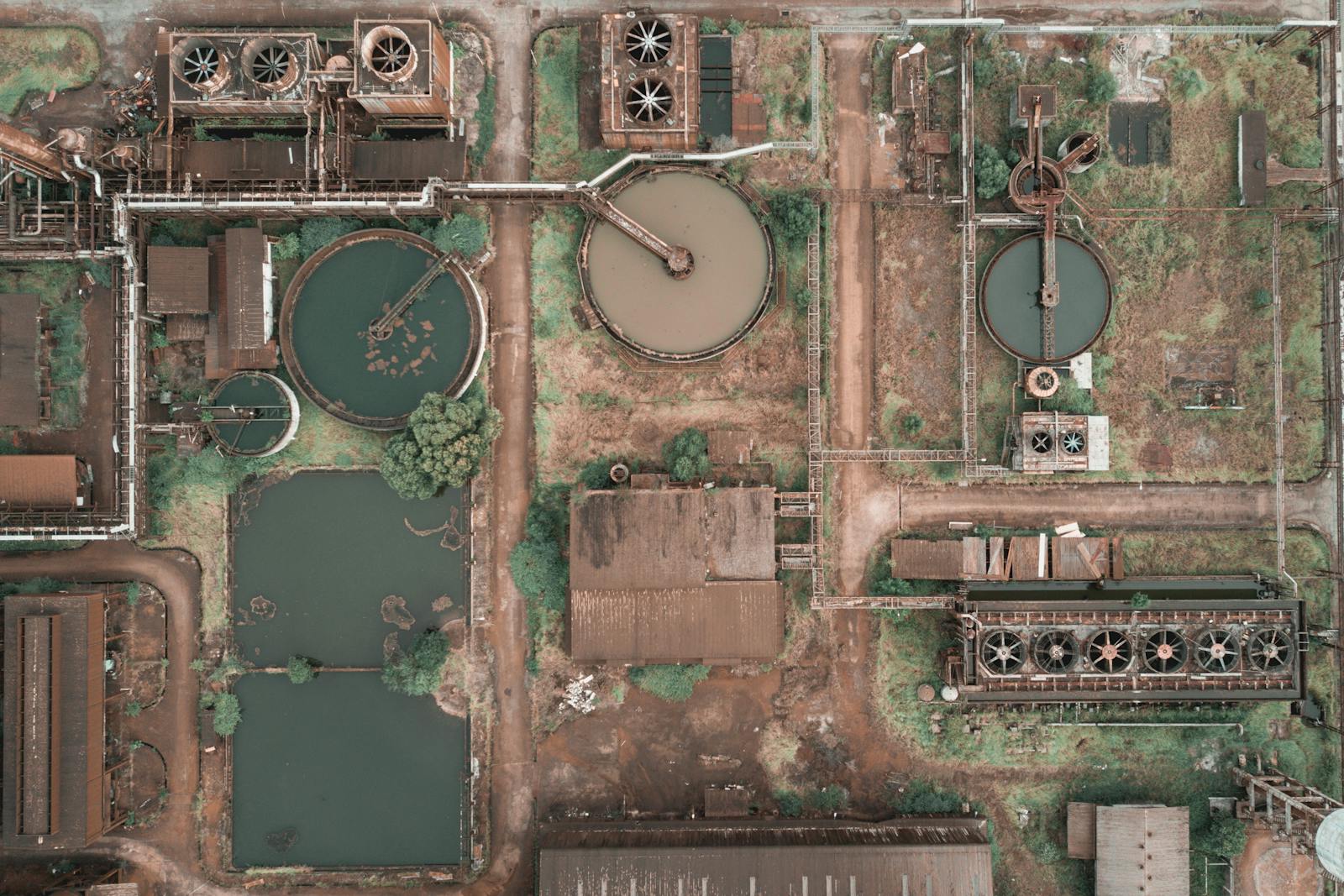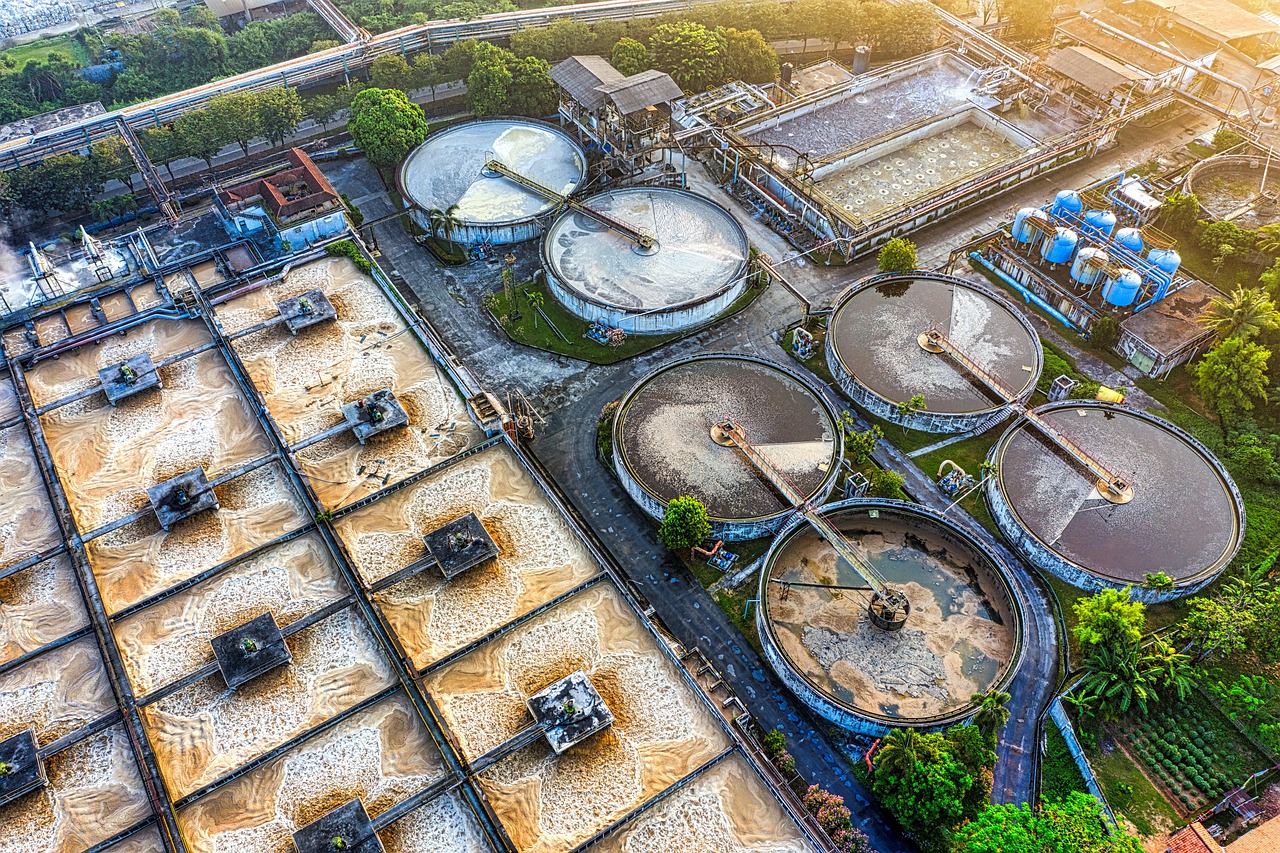Los Angeles Water Insights
Overall Score
Los Angeles Water Insights
Overall Score
Los Angeles Water Insights
⛅️ Weather Now
🌍 Continent
North America
🚩 Country
United States of America
👥 Population
Approximately 4 million
💧 Water Management System
Managed by LA Department of Water and Power
🌊 Flood Zones
Managed by FEMA, FEMA Flood Map
📏 Water Levels
Monitored by USGS, USGS Water Data
🏞️ Investing & Real Estate
✈️ Living & Working Remotely
🏞️ Lakes and Reservoirs
Silver Lake, Echo Park Lake, Los Angeles Reservoir
🏖️ Beaches
Santa Monica, Venice Beach, Malibu. Checkout CoolContrast
🔧 Water Technologies
Advanced water purification, recycling
🏭 Desalination Plants
Not prominent in LA
🌧️ Rain Capture Systems
Stormwater capture basins
🏞️ Rivers
Los Angeles River
🌊 Dams
Sepulveda Dam, Hansen Dam
🚰 Drainage Systems
Managed by LA Stormwater Program
🌿 Sustainability Initiatives
LA’s Green New Deal
🌡️ Climate Vulnerability
High, due to droughts and heatwaves
💦 Water Quality Index
Monitored by LA Sanitation, LA Sanitation Water Quality. Go to Tap Water to learn more.
🌊 Water Flow Rate
Varies, monitored by USGS
⚖️ Water Rights and Regulations
Governed by California State Water Resources Control Board
🎣 Fishing Conditions
Managed by California Department of Fish and Wildlife
🚣 Recreational Water Activities
Boating, surfing, swimming
☁️ Weather Patterns
Mediterranean climate
🐠 Aquatic Life
Diverse, including fish, marine mammals
🚢 Shipping and Ports
Port of Los Angeles
🏗️ Water Infrastructure
Managed by LA Department of Water and Power
🌱 Native Flora
Coastal sage scrub, chaparral
🦆 Wetlands
Ballona Wetlands
🏡 Residential Water Usage
Monitored by LA Department of Water and Power
🏢 Commercial Water Usage
Managed by LA Department of Water and Power
🏥 Public Health and Water
Monitored by LA Public Health
🗺️ Geographic Features
Coastal, mountainous
🛑 Water Restrictions
As per LA Department of Water and Power advisories
📊 Water Usage Statistics
Available from LA Department of Water and Power
🌐 Impact on Global Water
Minimal direct impact
📚 Water Education Programs
Offered by various institutions
🤝 Community Engagement in Water Conservation
Programs by LA Waterkeeper, others
🏆 Awards and Recognition for Water Stewardship
Various local and state awards
📜 Historical Water Sites
Los Angeles Aqueduct
🚨 Emergency Water Preparedness
Managed by LA Emergency Management Department
🌈 Water Conservation Efforts
Rebates, regulations by LA Department of Water and Power
🛒 Water Market and Economy
Local and regional markets
💼 Economic Impact of Water
Significant for agriculture, industry
✅ Overall Score
🏙️ Urban Planning Score
🌊 Flood Zones Management
📏 Water Levels
🏞️ Lakes and Reservoirs
🏖️ Beaches Score
🔧 Water Technologies
🏭 Desalination Plants
🌧️ Rain Capture Systems
🏞️ Rivers Score
🌊 Dams Score
🚰 Drainage Score
🌿 Sustainability Score
🌡️ Climate Vulnerability Score
💦 Water Quality Score
🌊 Water Flow Score
⚖️ Water Rights Score
🎣 Fishing Score
🚣 Recreation Score
☁️ Weather Patterns Score
🐟 Aquatic Life Score
🚢 Shipping and Ports Score
🏗️ Infrastructure Score
🌱 Native Flora Score
🦆 Wetlands Score
🏡 Residential Water Use
🏢 Commercial Water Use
🏥 Public Health Score
🗺️ Geographic Features Score
🛑 Water Restrictions Score
📊 Water Usage Statistics
🌐 Global Impact Score
📚 Educational Programs Score
🤝 Community Engagement
🏆 Awards and Recognition
📜 Historical Sites Score
🚨 Emergency Preparedness
🌈 Water Conservation Score
🛒 Water Market Score
More Los Angeles Water Insights & Management
Get notified on new water management news, updates & advancements in Los Angeles.
Shop Books, eBooks, Audiobooks

The Little Book on Hydration: The People’s Guide To Health, Vitality & Flow (Audiobook)

Water Wise: Sustainable Living in a Modern World
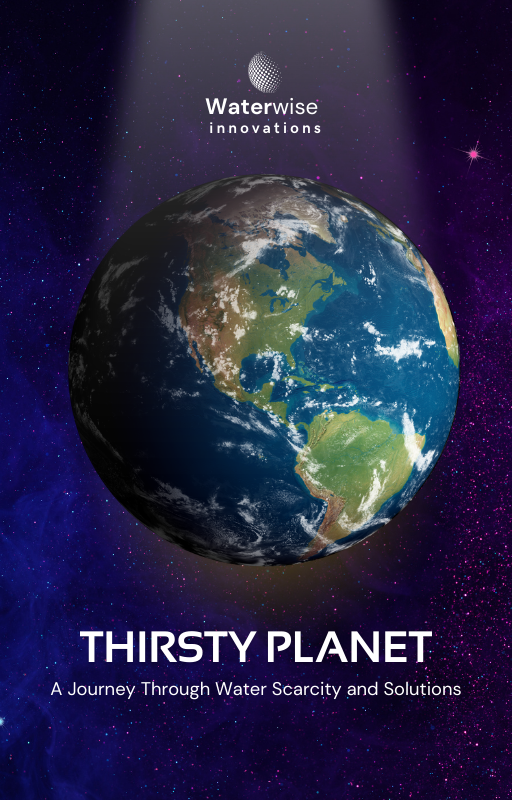
Thirsty Planet: A Journey Through Water Scarcity and Solutions
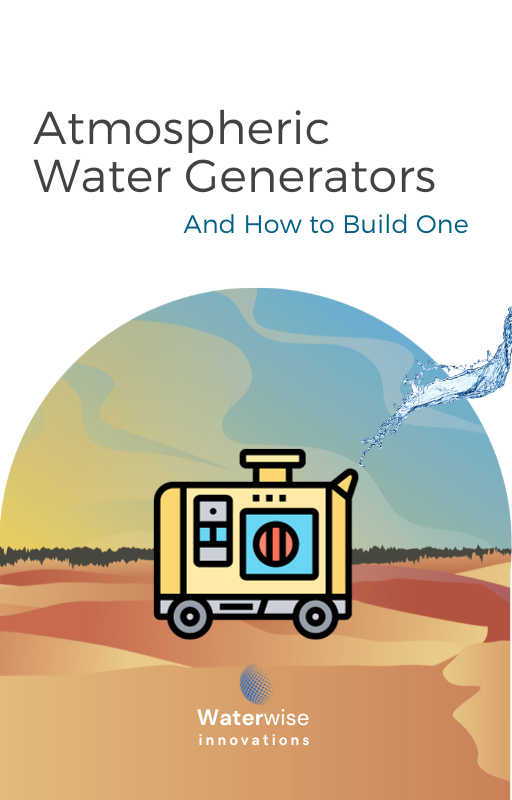
Atmospheric Water Generators: And How to Build One
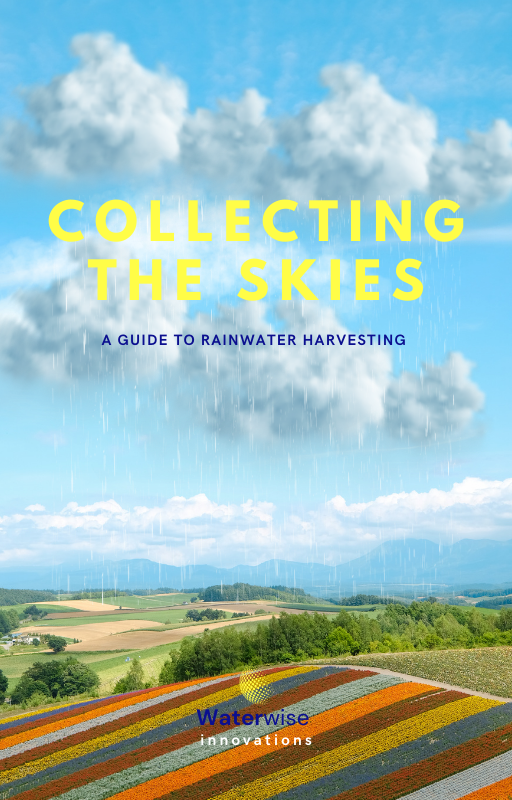
Collecting the Skies: A Guide to Rainwater Harvesting

The Little Book on Hydration: The People’s Guide To Health, Vitality & Flow
Los Angeles Weather Right Now
Reviews of Los Angeles Water Management
There are no reviews yet. Be the first one to write one.
There are no reviews yet. Be the first one to write one.

